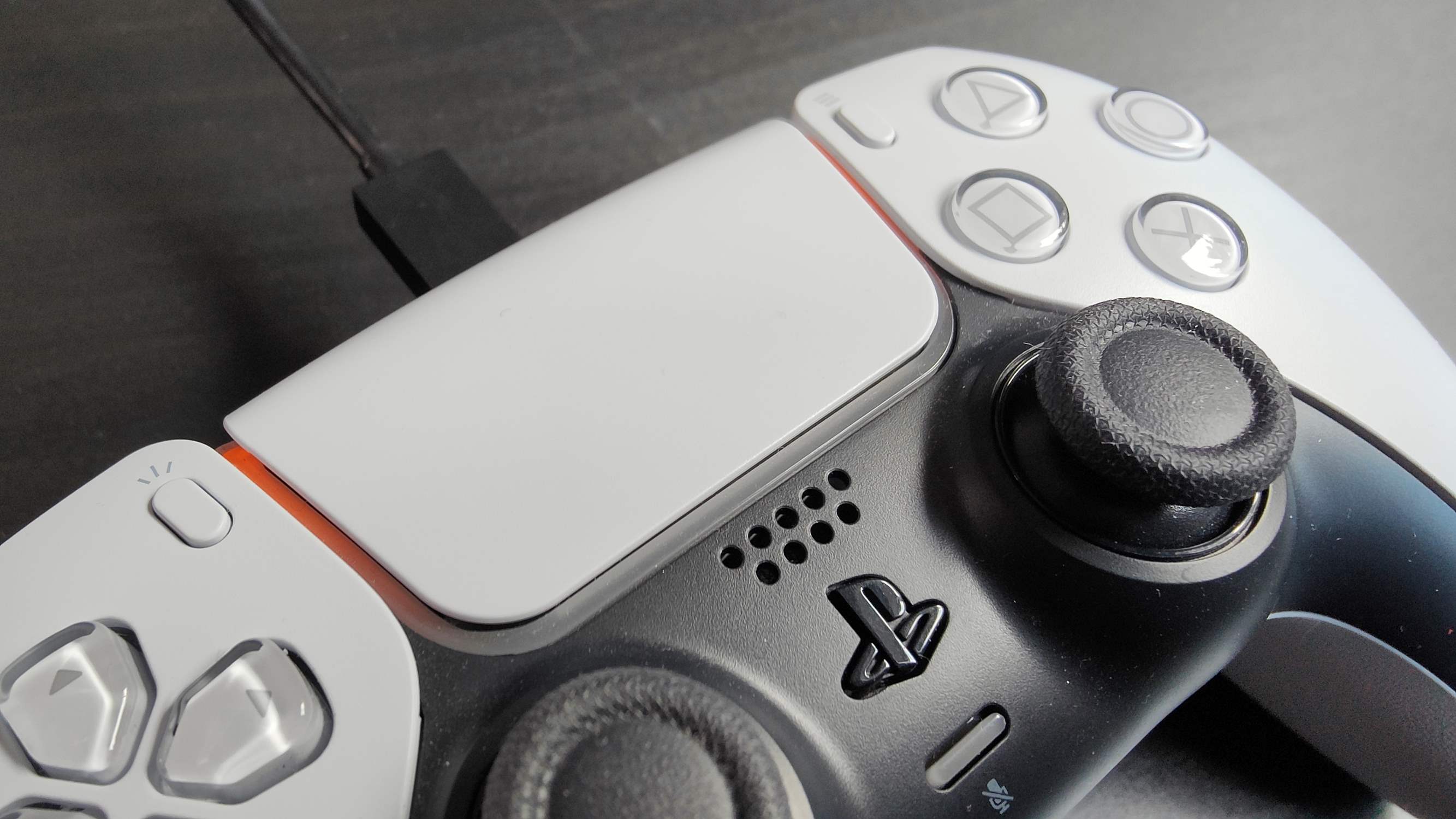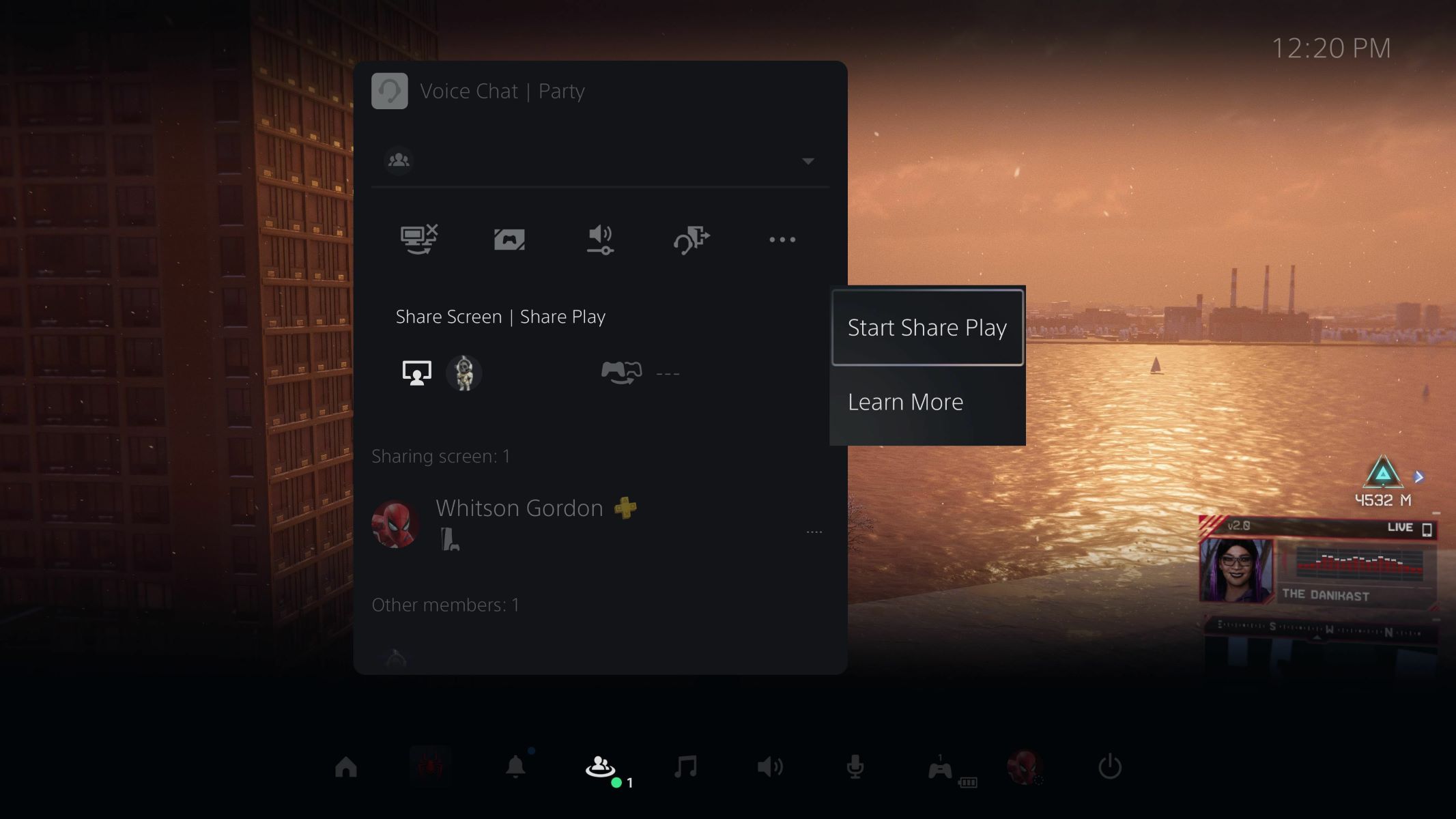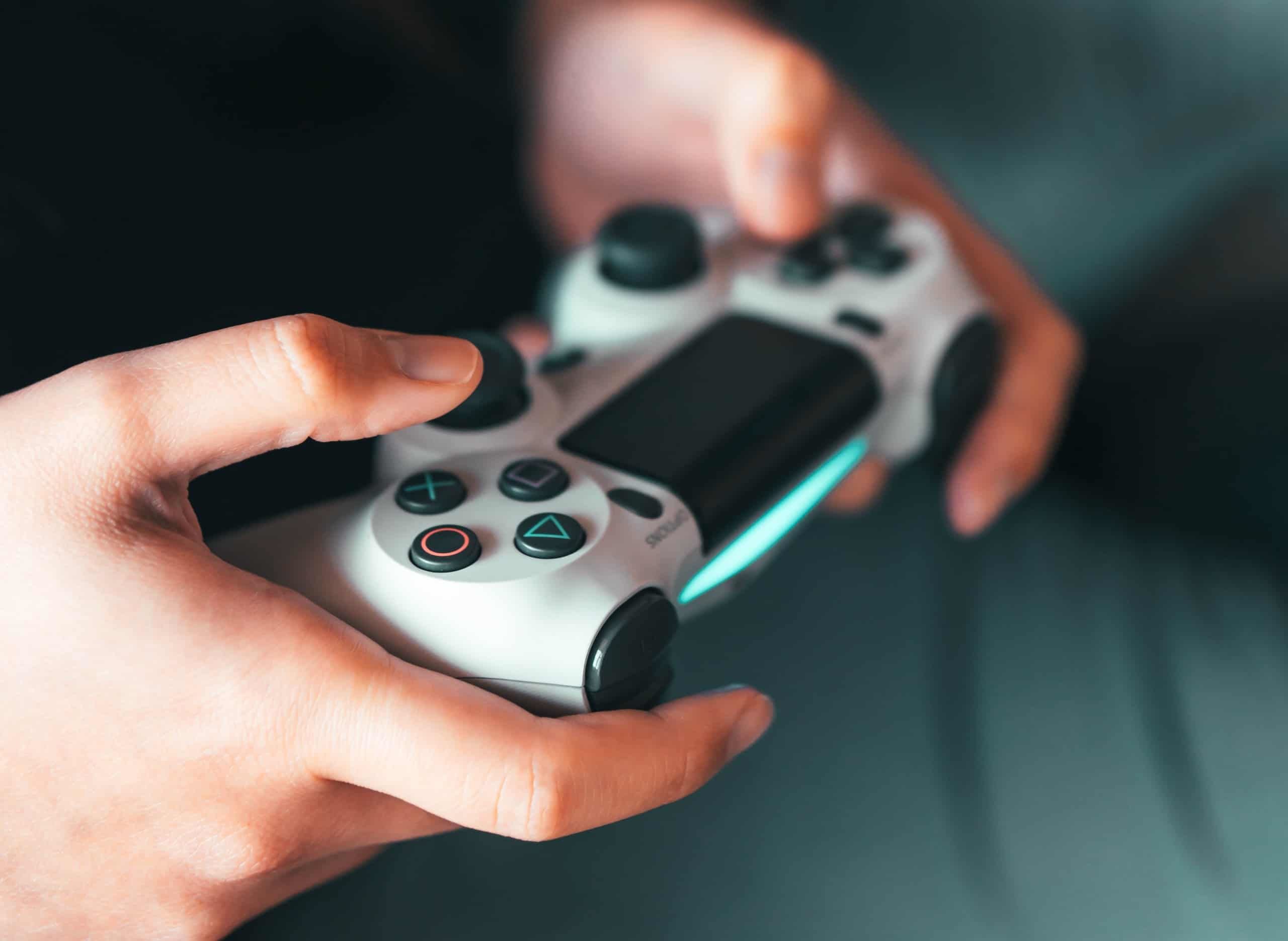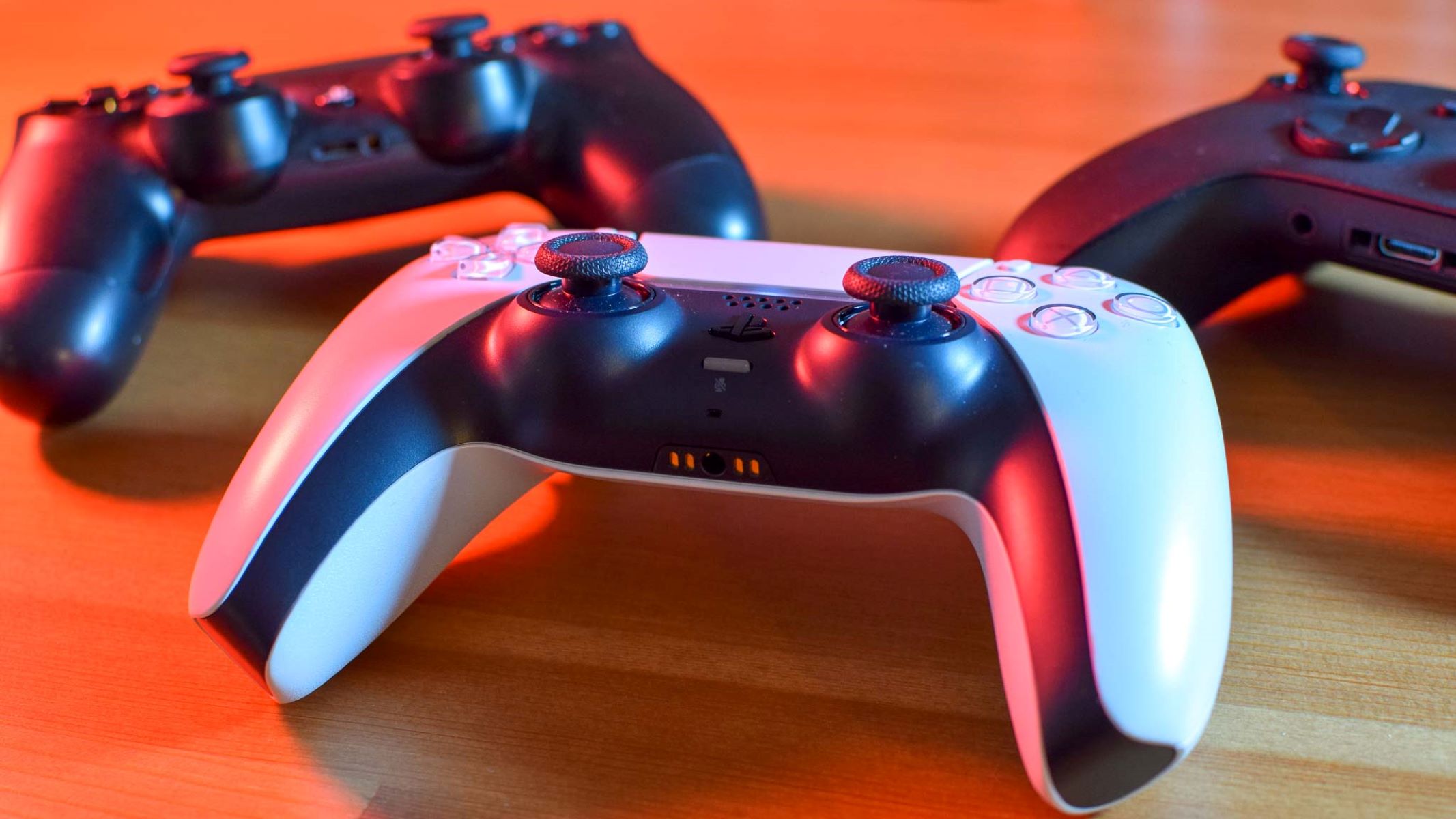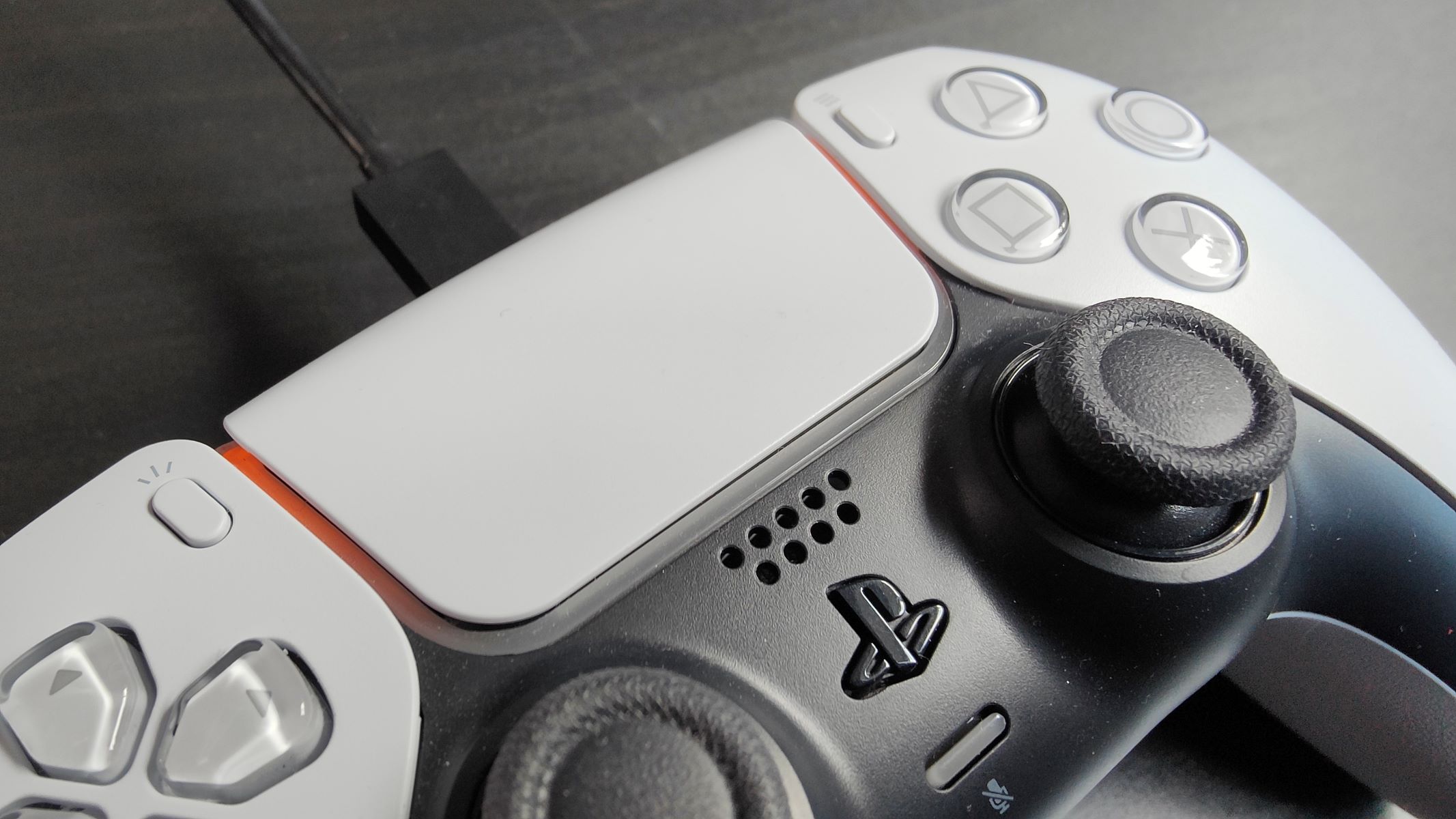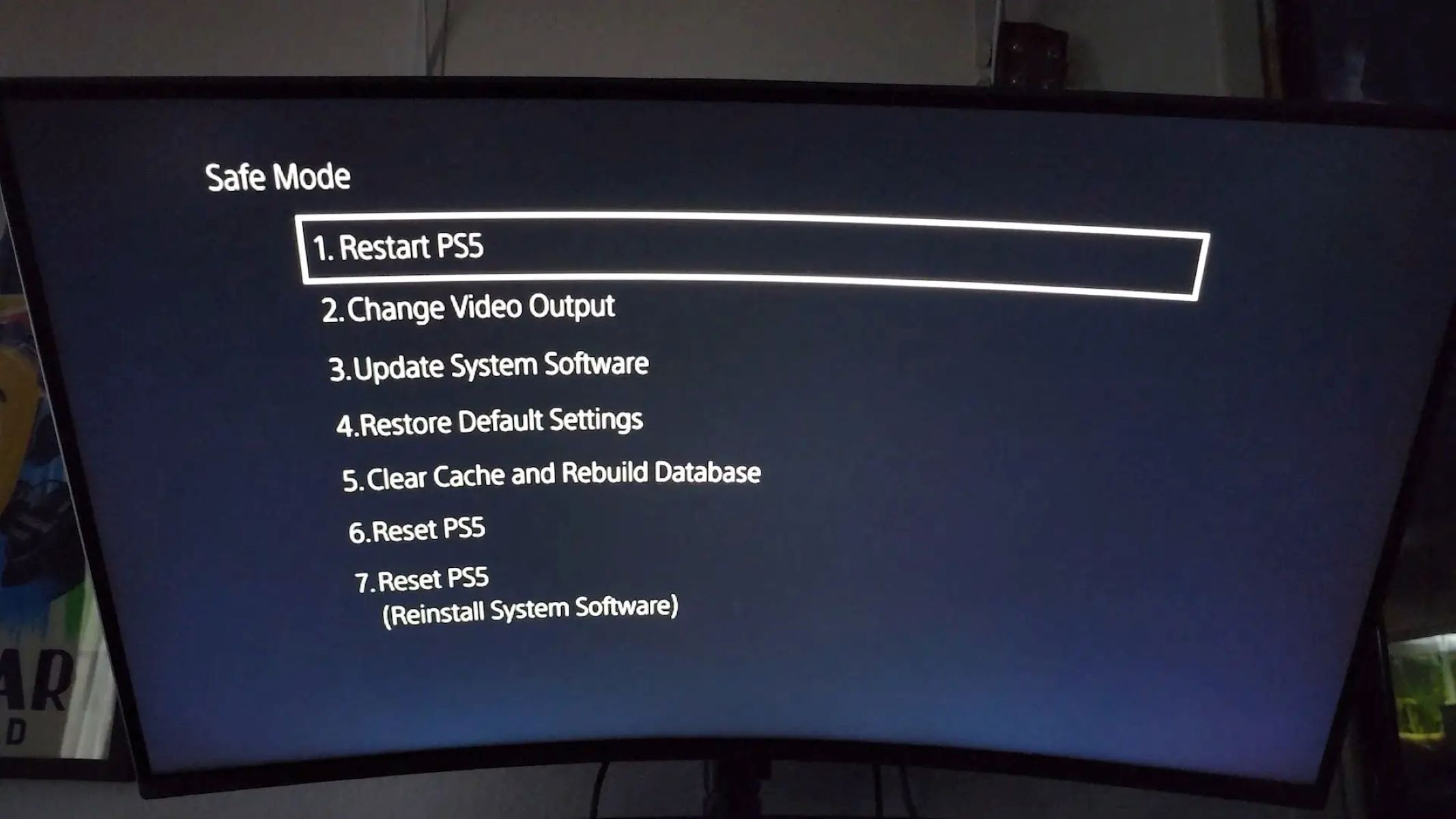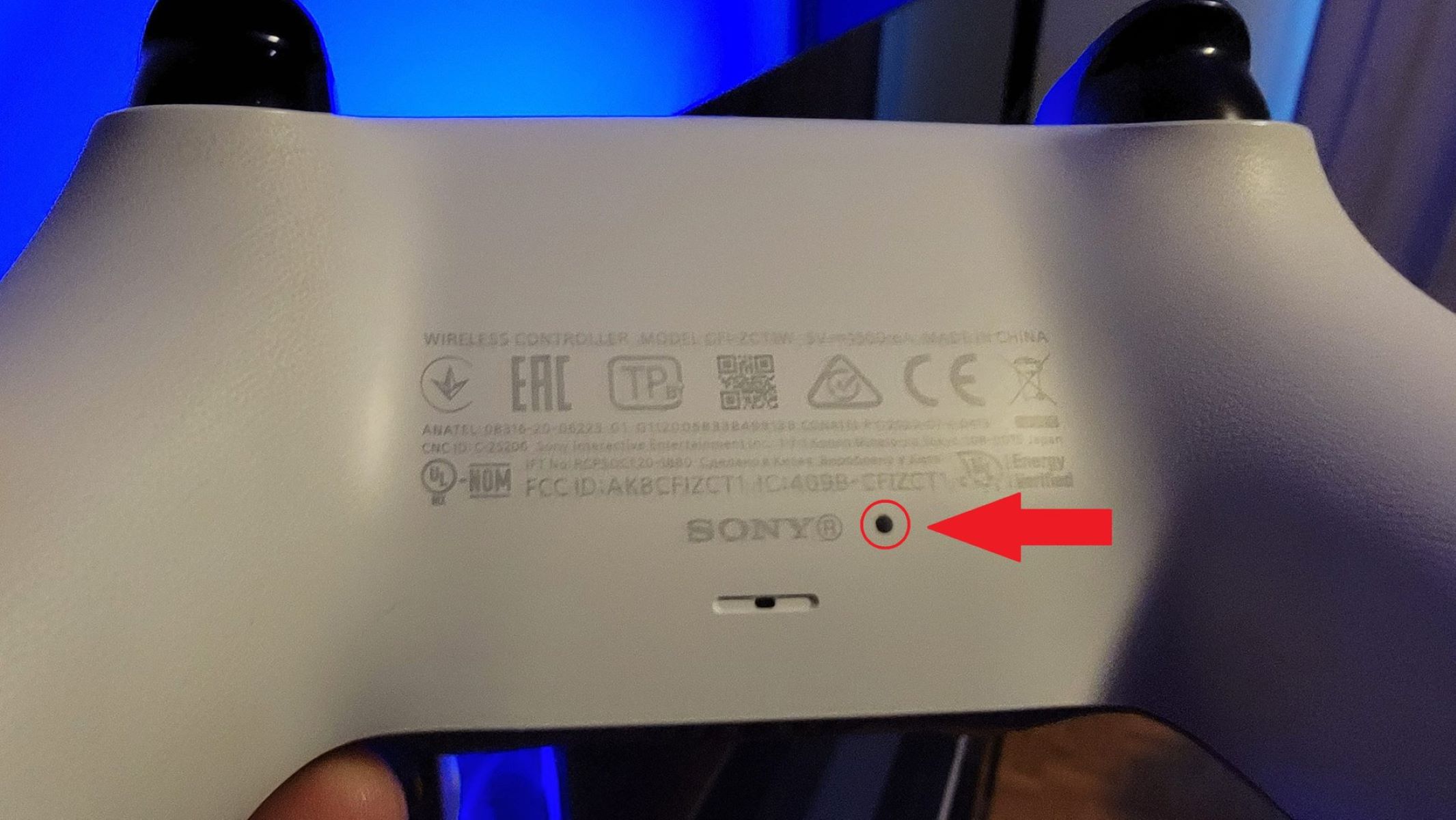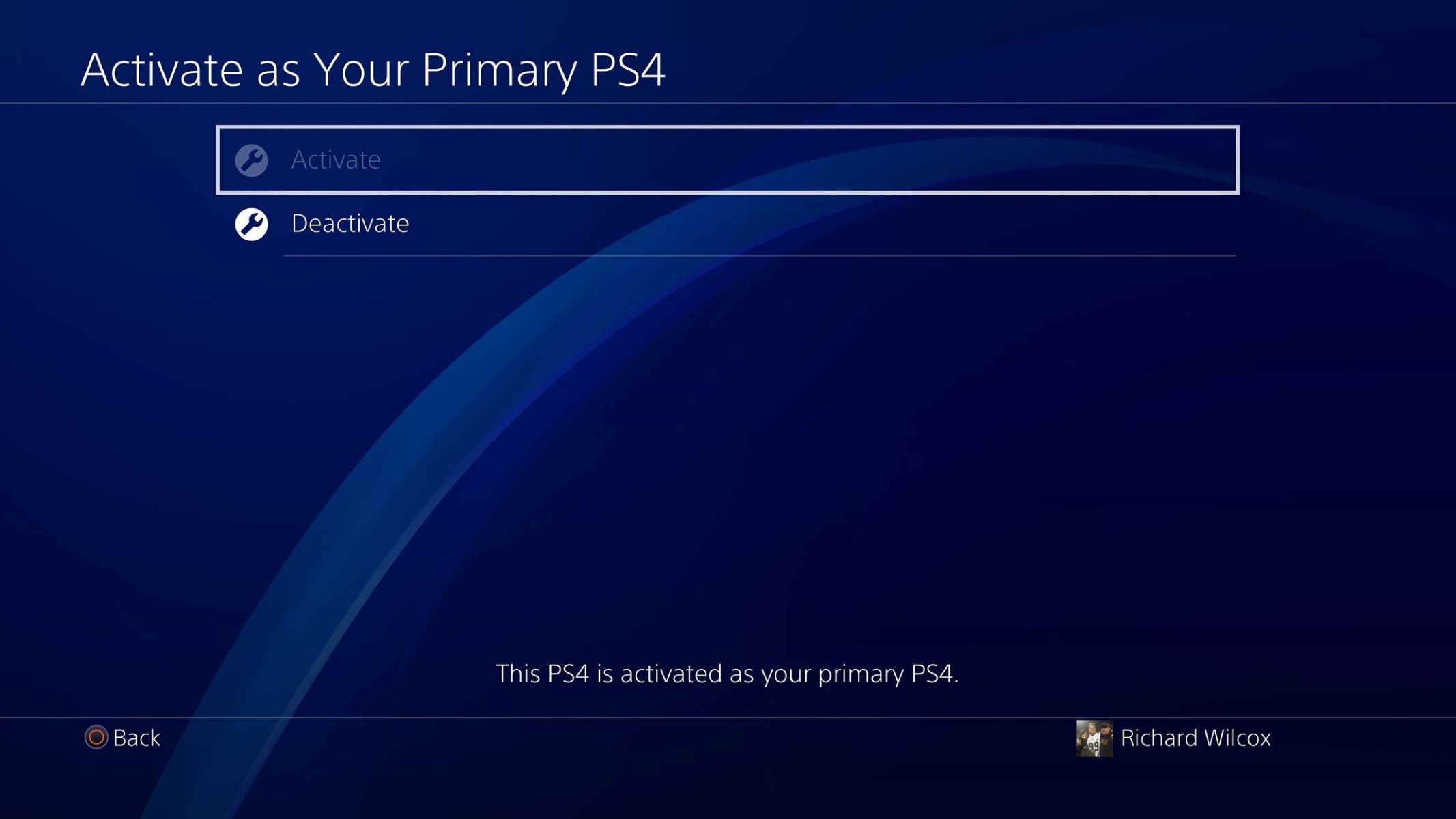Possible Causes for PS5 Controller Not Connecting
Experiencing connectivity issues with your PS5 controller can be frustrating, especially when you’re eager to jump into a gaming session. There are several possible causes for why your PS5 controller is not connecting to your console. By understanding these potential issues, you can troubleshoot and resolve the problem more effectively.
1. Weak or Disrupted Bluetooth Signal: One common reason for controller connectivity problems is a weak or disrupted Bluetooth signal between the controller and the console. Interference from nearby devices or obstacles between the controller and the console can weaken the signal strength, resulting in connection issues.
2. Outdated Firmware: Another possible cause is outdated firmware on the PS5 controller. Just like any other electronic device, controllers require periodic firmware updates to ensure optimal performance. If the firmware is outdated, it can cause compatibility and connectivity issues.
3. Battery Drain: Low battery power can also prevent the PS5 controller from connecting to the console. If the battery level is critically low, the controller might not have enough power to establish a stable connection. It’s important to regularly check and recharge your controller to avoid this issue.
4. Syncing Issues: Sometimes, the syncing between the PS5 controller and the console can be disrupted, resulting in connection problems. This can occur when using the controller with multiple devices or after a system update. Resyncing the controller can often resolve this issue.
5. Compatibility with Other Devices: If you’re attempting to connect the PS5 controller to another device, it’s essential to ensure compatibility. The PS5 controller may not be compatible with certain devices or older versions of PlayStation consoles.
These are just a few possible causes for your PS5 controller connectivity issues. By identifying the specific cause, you can take appropriate steps to troubleshoot and resolve the problem effectively. In the next section, we will explore some troubleshooting steps you can take to fix the connection problem with your PS5 controller.
Troubleshooting Steps for PS5 Controller Connectivity Issues
If you’re facing connectivity issues with your PS5 controller, don’t worry, there are several troubleshooting steps you can take to resolve the problem. Follow these steps to ensure a proper connection between your controller and console:
1. Check Bluetooth Signal: Ensure that there are no obstacles between the PS5 controller and the console, as they can weaken the Bluetooth signal. Move closer to the console and eliminate any potential sources of interference, such as other electronic devices, to improve signal strength.
2. Update Controller Firmware: Check for any available firmware updates for your PS5 controller. Navigate to the console’s settings and select “System Software Update” to download and install the latest firmware. Updating the controller’s firmware often resolves compatibility issues and improves connectivity.
3. Charge Your Controller: Low battery power can hinder the controller’s ability to connect. Connect the controller to the console using a USB-C cable or place it on a charging station to recharge. It’s advisable to fully charge the controller to ensure a stable connection.
4. Resync the Controller: If the controller isn’t connecting despite being fully charged, try resyncing it with the console. Connect the controller to the console using a USB-C cable and press the small reset button on the back of the controller for a few seconds. Once done, disconnect the cable and try connecting wirelessly again.
5. Verify Compatibility: Ensure that the PS5 controller you’re using is compatible with the console. Some older versions of PlayStation consoles may not be compatible with the PS5 controller. Check the official PlayStation website or consult the user manual to confirm compatibility.
6. Restart Console: Sometimes, a simple restart can solve connectivity issues. Turn off the console completely, unplug it from the power source, wait for a few seconds, and then plug it back in. Power on the console and try connecting the controller again.
By following these troubleshooting steps, you can resolve most PS5 controller connectivity issues. If the problem persists even after attempting these steps, it’s advisable to contact PlayStation Support for further assistance. They can provide specific guidance and solutions tailored to your situation.
Resetting the PS5 Controller
If you’re encountering persistent connectivity issues with your PS5 controller, performing a reset can help resolve the problem. Resetting the controller can clear any temporary glitches or conflicts that may be affecting its functionality. Here’s how you can reset your PS5 controller:
1. Turn off the PS5 Console: Start by turning off your PS5 console. You can do this by pressing and holding the power button on the front of the console until it powers down completely.
2. Locate the Reset Button: On the back of the PS5 controller, you will find a small reset button. It is located near the L2 button. You will need a small tool, such as a paperclip or a pin, to press this button.
3. Press and Hold the Reset Button: Using the paperclip or pin, gently press and hold the reset button on the controller for at least 5 seconds. Make sure to apply gentle pressure and hold it firmly until the controller resets.
4. Connect the Controller to the Console: After releasing the reset button, connect the controller to the console using a USB-C cable. This will establish a physical connection between the two devices.
5. Press the PS Button: Once the controller is connected, press the PS button (located between the analog sticks) to turn it on. The console should recognize the controller and establish a connection.
6. Disconnect the USB-C Cable: After the controller is successfully connected, you can disconnect the USB-C cable from both the controller and the console. The controller should now work wirelessly with your PS5 console.
Performing a reset can often resolve various connectivity issues with the PS5 controller. However, if the problem persists, it’s recommended to try other troubleshooting steps or contact PlayStation Support for further assistance.
Updating the PS5 Controller Firmware
Regularly updating the firmware of your PS5 controller is essential to maintain optimal performance and ensure compatibility with your console. Firmware updates often include bug fixes, improvements, and new features that can help address connectivity issues. Here’s how you can update the firmware of your PS5 controller:
1. Ensure Controller is Fully Charged: Before updating the firmware, make sure your PS5 controller is fully charged or connected to a power source. This will prevent any interruptions during the update process and ensure a smooth installation.
2. Connect the Controller to the Console: Connect your PS5 controller to the console using a USB-C cable. Plug one end of the cable into the controller and the other end into one of the USB ports on the console.
3. Access System Settings on the Console: On your PS5 console, navigate to the home screen and select the gear icon to access the system settings menu.
4. Select “System Software Update”: Within the system settings menu, scroll down and select “System Software Update.” This will open the firmware update section.
5. Check for Updates: In the firmware update section, select “Check for Updates.” The console will automatically search for the latest firmware version available for your PS5 controller.
6. Download and Install Updates: If a new firmware version is found, follow the prompts to download and install the update. Make sure not to disconnect the controller from the console during this process.
7. Wait for Installation to Complete: The firmware update can take a few minutes to install. It is important to be patient and avoid interrupting the process. Once the installation is complete, your controller’s firmware will be up to date.
8. Disconnect the Controller: After the update is successfully installed, you can safely disconnect the USB-C cable from both the controller and the console.
By regularly updating the firmware of your PS5 controller, you can ensure that it remains compatible with your console and minimize connectivity issues. If you’re still experiencing problems after updating the firmware, you may need to try other troubleshooting steps or contact PlayStation Support for further assistance.
Ensuring Proper Bluetooth Connection on PS5
Having a stable and reliable Bluetooth connection is crucial for your PS5 controller to connect seamlessly with the console. If you’re experiencing connectivity issues, it’s important to ensure that the Bluetooth connection is properly established. Here are some steps to ensure a proper Bluetooth connection on your PS5:
1. Check Bluetooth Compatibility: Verify that your PS5 controller is compatible with the PS5 console. Older PlayStation controllers may not be fully compatible with the PS5’s Bluetooth functionality, resulting in connection issues. Refer to the controller’s documentation or the official PlayStation website to confirm compatibility.
2. Update Console Software: Make sure your PS5 console is running the latest system software. Sony periodically releases software updates that improve system stability and address connectivity issues. Go to the settings menu and select “System Software Update” to check for any available updates and install them.
3. Remove Interference: Bluetooth signals can be weakened by interference from other electronic devices. Keep the console away from devices like Wi-Fi routers, cordless phones, and other Bluetooth devices to minimize signal interference. Additionally, thick walls and large metal objects can obstruct the Bluetooth signal, so try to position the console and controller in clear line of sight to improve connectivity.
4. Power Cycle the Console: Sometimes, a simple power cycle can resolve connectivity issues. Turn off the console, unplug the power cord from the back, wait for a few seconds, and then plug it back in. Power on the console and attempt to connect the controller again.
5. Pairing a New Controller: If you’re trying to connect a new PS5 controller to the console, follow the pairing process. On the PS5, go to the settings menu, select “Accessories,” then “Bluetooth Accessories,” and finally, “New Controller.” Follow the on-screen prompts to pair the controller with the console.
6. Re-Pair the Controller: If you’re having trouble connecting an already paired controller, go to the settings menu, select “Accessories,” then “Bluetooth Accessories,” and find the controller in the list. Select it and choose “Forget Device” or “Remove.” Then, follow the pairing process again to establish a fresh connection.
By following these steps, you can ensure a proper Bluetooth connection on your PS5 and enhance the controller’s connectivity with the console. If the problem persists, attempting other troubleshooting steps or contacting PlayStation Support may be necessary.
Checking Battery Level and Recharging the PS5 Controller
One of the common reasons for connectivity issues with the PS5 controller is a low battery level. When the battery is critically low, the controller might not have enough power to establish a stable connection with the console. To ensure proper functionality, it’s important to periodically check the battery level and recharge the PS5 controller. Here’s how you can do it:
1. Check the Battery Level: On your PS5 console, navigate to the control center by pressing the PS button on your controller. Look for the battery icon on the right-hand side of the screen. The icon shows the current battery level of your controller.
2. Recharge the Controller: If the battery level is low, connect the controller to the console using a USB-C cable. Plug one end of the cable into the controller and the other end into one of the USB ports on the console. The controller will start charging automatically.
3. Verify the Charging Status: While the controller is charging, a charging icon will appear next to the battery level icon on the control center screen. Additionally, the light bar on the controller will glow amber to indicate that it’s being charged.
4. Wait for Full Charge: It’s recommended to let the PS5 controller charge until it reaches a full battery level. This ensures that it has enough power to maintain a stable connection with the console. The charging time may vary depending on the battery level and the USB port used for charging.
5. Unplug and Use Wirelessly: Once the controller is fully charged, you can unplug it from the console and use it wirelessly. The battery level icon on the control center screen will indicate the current battery status, allowing you to monitor the battery level during your gaming sessions.
Regularly checking the battery level and recharging the PS5 controller will help avoid connectivity issues and ensure uninterrupted gaming sessions. By maintaining a sufficient battery level, you can enjoy a reliable and stable connection between the controller and the console.
Resyncing the PS5 Controller with the Console
If you’re experiencing persistent connectivity issues with your PS5 controller, resyncing it with the console can often help establish a stable connection. This process re-establishes the pairing between the controller and the console, resolving any syncing issues that may be causing the problem. Follow these steps to resync your PS5 controller:
1. Connect the Controller to the Console: Start by connecting your PS5 controller to the console using a USB-C cable. Plug one end of the cable into the controller and the other end into one of the USB ports on the console.
2. Press the PS Button: After connecting the controller, press the PS button (located between the analog sticks) on the controller to turn it on. This will initiate the connection process with the console.
3. Wait for Sync Confirmation: The console will detect the connected controller and display a message confirming the successful sync. This message may appear in the center of the screen or in the top-right corner, depending on the console’s settings.
4. Disconnect the USB-C Cable: After the controller is successfully synced with the console, you can disconnect the USB-C cable from both the controller and the console. The controller should now work wirelessly with your PS5 console.
If the controller fails to sync or if you’re still experiencing connection issues after resyncing, you may need to perform a reset or check for any available firmware updates. Additionally, make sure that the Bluetooth and wireless features are enabled on your console.
Resyncing the PS5 controller with the console can often resolve syncing or connectivity issues. By following the steps outlined above, you can re-establish a stable connection and ensure an optimal gaming experience.
Verifying the PS5 Controller’s Compatibility with Other Devices
The PS5 controller is designed to work seamlessly with the PS5 console. However, it’s important to note that its compatibility with other devices may vary. If you’re attempting to connect your PS5 controller to a different device, it’s essential to verify its compatibility beforehand. Here are some steps to ensure compatibility:
1. Check the Device’s Compatibility: Before attempting to connect the PS5 controller to another device, make sure to check if the device supports the use of the PS5 controller. Some devices, such as mobile phones or PCs, may require additional software or drivers for proper compatibility.
2. Review the Controller’s Documentation: Refer to the PS5 controller’s user manual or visit the official PlayStation website to find information about compatible devices. The documentation should provide a list of compatible devices or instructions on how to connect the controller to non-PS5 devices.
3. Update the Controller’s Firmware: Ensure that your PS5 controller has the latest firmware installed. To do this, connect the controller to the PS5 console and navigate to the system settings. Select “System Software Update” to check for any available updates. Updating the firmware can resolve compatibility issues and improve connectivity with various devices.
4. Follow Proper Connection Procedures: Different devices may have specific procedures for connecting the PS5 controller. Consult the device’s user manual or online resources for instructions on how to pair or connect the controller. Following the correct procedures can help establish a proper connection.
5. Utilize Compatible Accessories: In some cases, using compatible accessories or adapters can aid in connecting the PS5 controller to non-PS5 devices. For example, certain adapters can help connect the controller to a PC or mobile device by converting the controller’s signals to a compatible input for the device.
Verifying the compatibility of your PS5 controller with other devices is crucial to ensure a successful connection. By following the steps above and referring to the controller’s documentation, you can determine whether the controller is compatible with your desired device and take the necessary steps to establish a connection.
Contacting PlayStation Support for further Assistance
If you have exhausted all troubleshooting steps and are still unable to resolve the connectivity issues with your PS5 controller, it is recommended to reach out to PlayStation Support for further assistance. The dedicated support team can provide personalized guidance and solutions to help resolve the problem. Here’s how you can contact PlayStation Support:
1. Visit the PlayStation Support Website: Start by visiting the official PlayStation support website. Look for the “Contact Us” or “Support” section, which is usually located at the bottom of the page. You can access this website from your computer or mobile device.
2. Choose Your Region and Language: Select your region and language preferences to ensure that you receive support in your preferred language.
3. Select the Issue Category: PlayStation Support covers a wide range of topics. Choose the appropriate category for your issue, such as “Hardware and Accessories,” “Controller Support,” or “Technical Issues.”
4. Follow the Prompts: PlayStation Support will provide you with options to describe your issue further. Follow the prompts and select the specific problem you’re experiencing with your PS5 controller.
5. Explore Support Articles or Live Chat: PlayStation Support may offer relevant support articles or a live chat option to assist you. Review the available resources to see if they can provide a solution to your problem. If not, proceed to the next step.
6. Contact PlayStation Support: If the available resources don’t address your issue, you can opt to contact PlayStation Support directly. They may provide a phone number, email address, or an online contact form for you to reach out to them.
7. Provide Detailed Information: When contacting PlayStation Support, be prepared to provide detailed information about your issue. Include any error messages, a description of the problem, and the troubleshooting steps you have already taken. This will help the support team assist you more effectively.
By contacting PlayStation Support, you can receive expert assistance and tailored solutions for your PS5 controller’s connectivity issues. They have the knowledge and resources to guide you through more advanced troubleshooting steps or determine if a repair or replacement is necessary.







